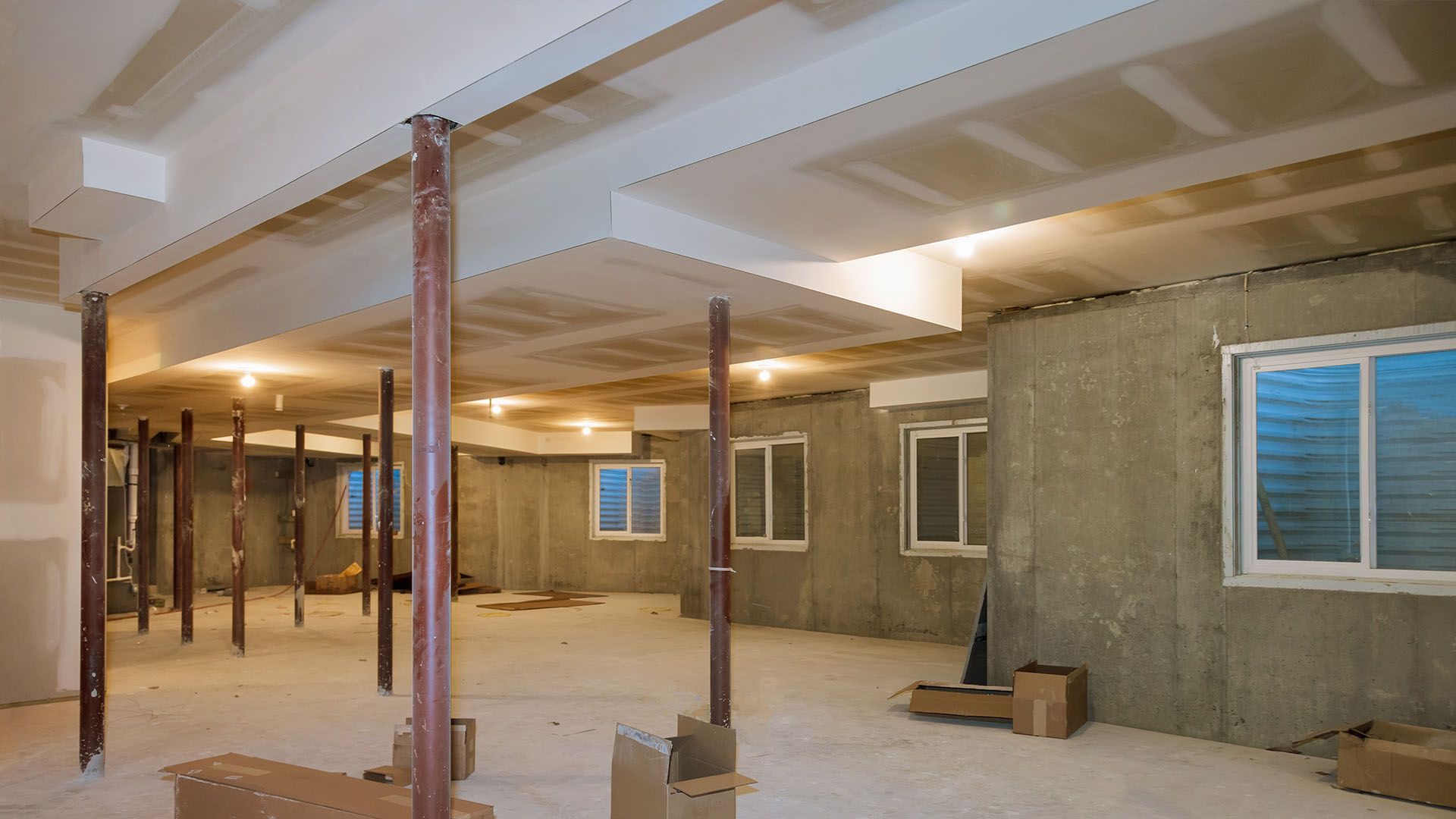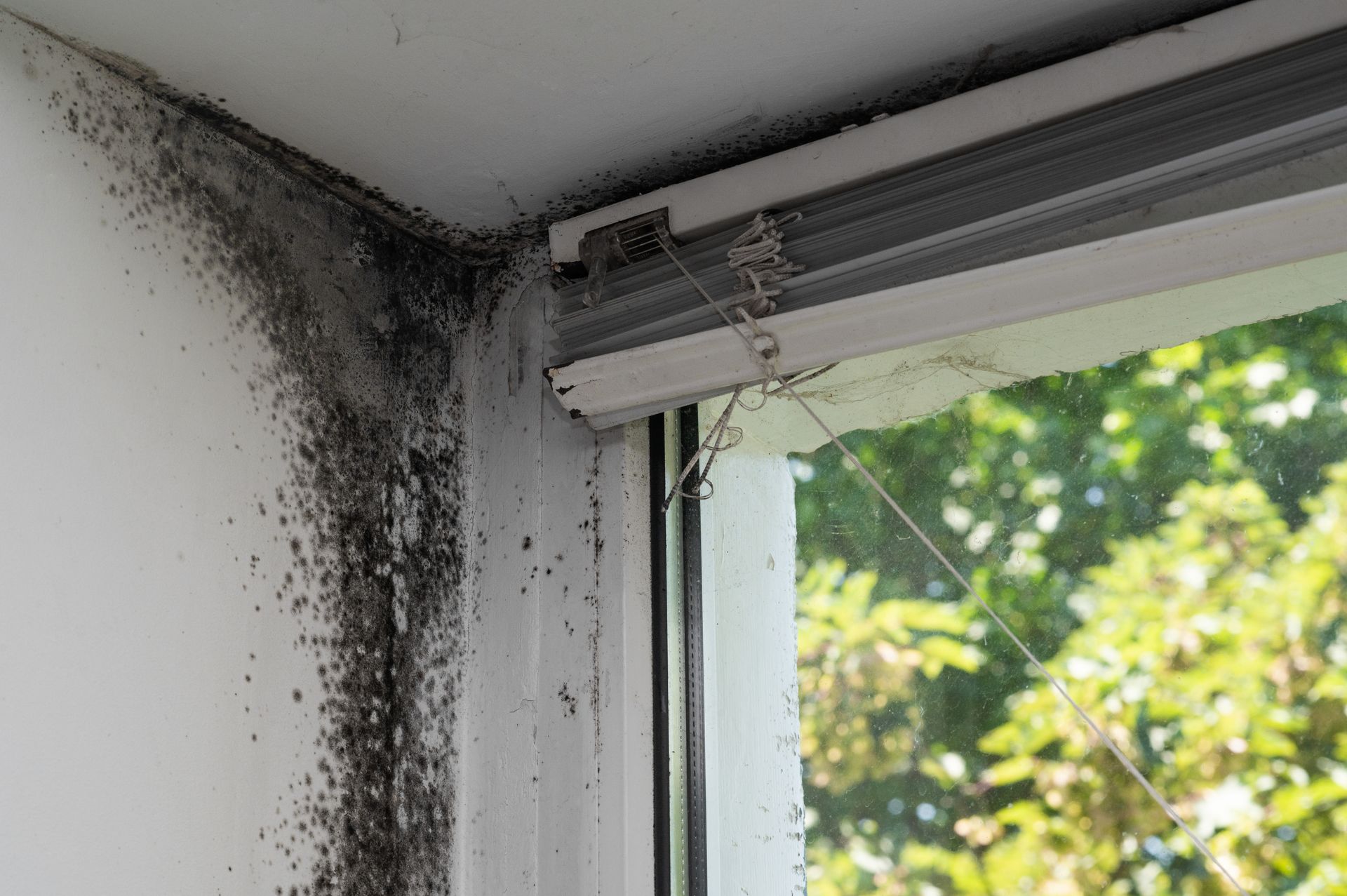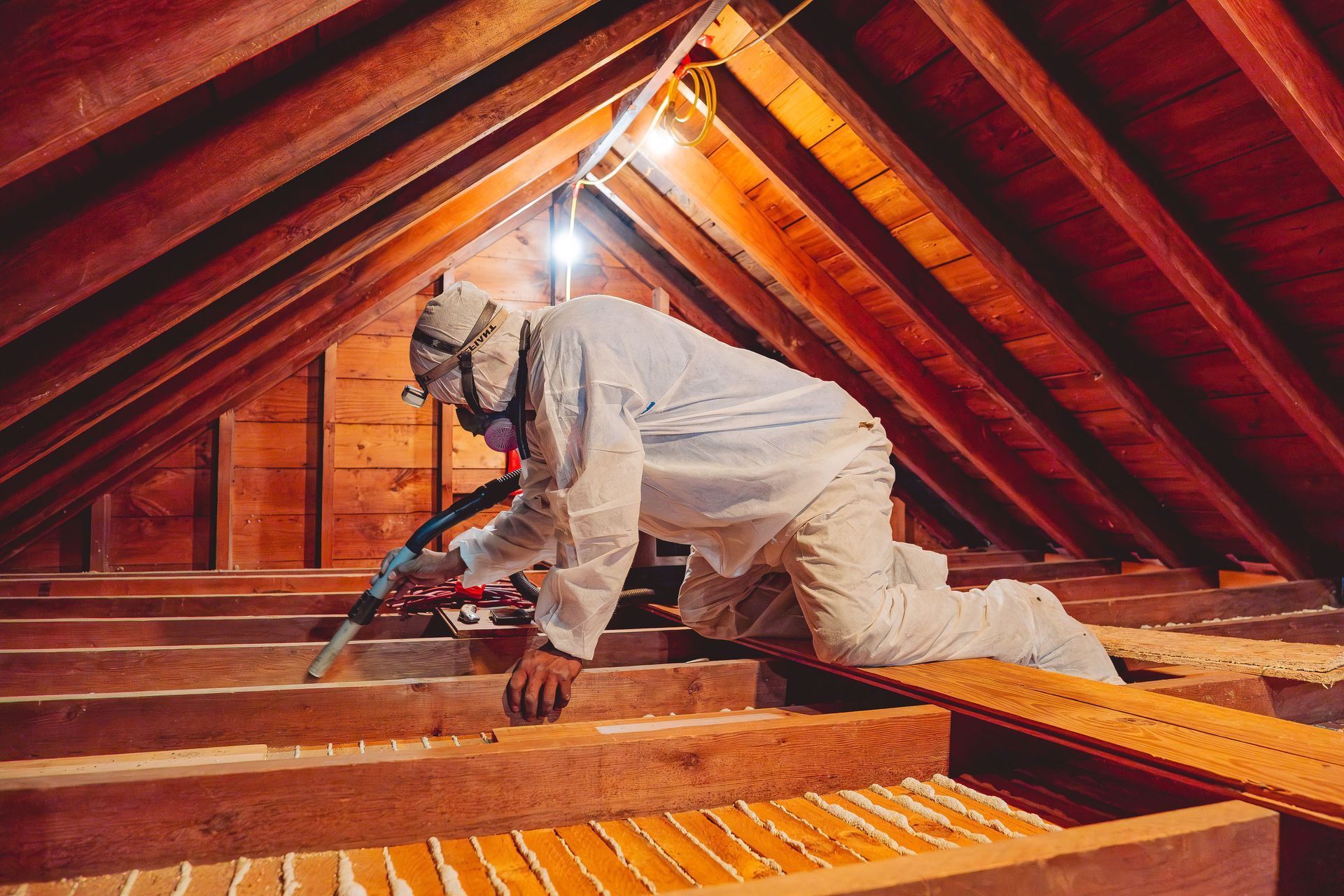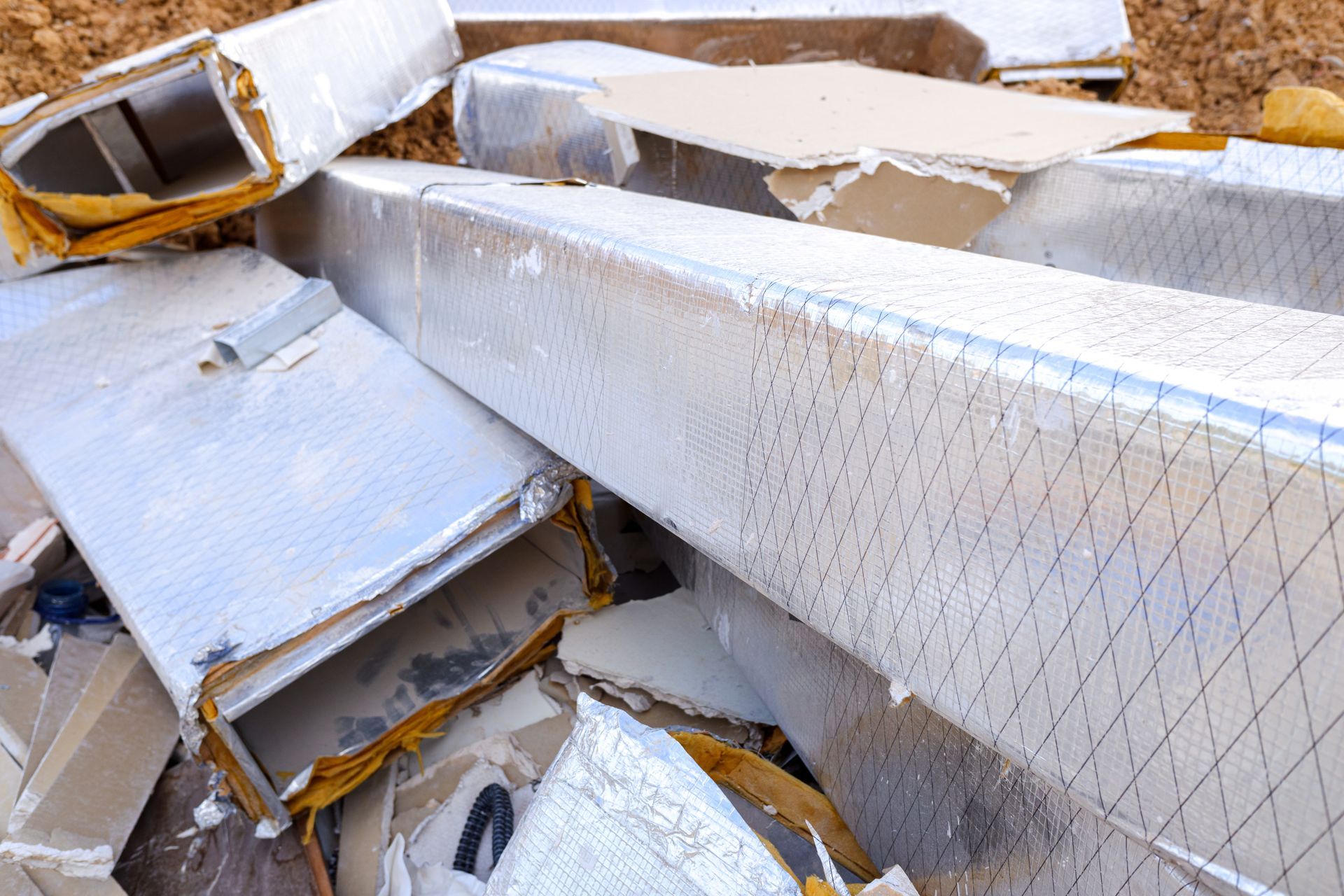Asbestos Abatement vs. Remediation: What’s the Difference?
Asbestos is a dangerous material still found in many older buildings, and managing it safely is crucial for protecting both people and property. If you've been researching solutions, you've likely seen two key terms come up repeatedly: asbestos abatement and asbestos remediation. While they’re often used interchangeably, they aren’t the same—and understanding the difference could save you time, money, and unnecessary risk.
In this article, we’ll clarify what each term means, when each is needed, and why working with certified professionals is essential.
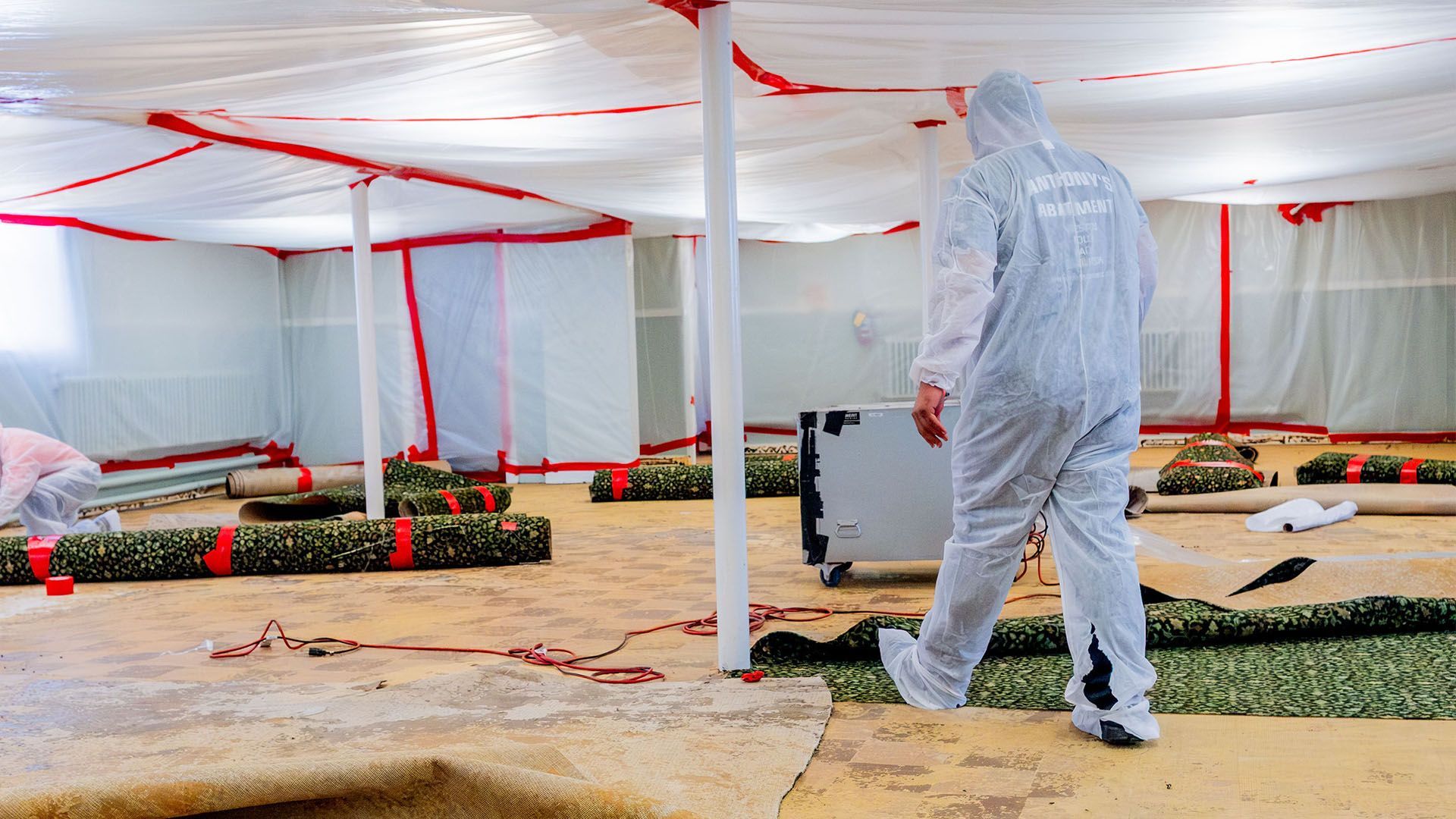
What Is Asbestos?
Asbestos is a group of naturally occurring minerals used in construction for decades due to its fire resistance and insulating properties. Unfortunately, when asbestos-containing materials (ACMs) deteriorate or are disturbed, they release microscopic fibers that can cause serious health problems—including mesothelioma, lung cancer, and asbestosis.
Common materials that may contain asbestos include:
- Pipe insulation
- Floor tiles
- Roofing shingles
- Drywall joint compound
What Is Asbestos Abatement?
Abatement refers to a set of methods used to control or reduce the risk of asbestos exposure. This includes:
- Encapsulation: Sealing asbestos materials with a protective barrier
- Enclosure: Isolating the materials so fibers can’t escape
- Removal: Physically eliminating the asbestos-containing materials
Abatement is often used when asbestos is in good condition but must be managed during renovations or routine maintenance.
Key Differences Between Abatement and Remediation
| Aspect | Abatement | Remediation |
|---|---|---|
| Scope | Risk control | Hazard elimination |
| Methods | Encapsulation, Enclosure, Removal | Primarily Removal + Restoration |
| Goal | Minimize exposure | Eliminate contamination |
| Regulatory Scope | Often project-specific | Often broader in environmental remediation scope |
Regulatory Requirements
Both abatement and remediation must comply with strict regulations from agencies like the EPA and OSHA. Professionals handling asbestos must be trained and certified to:
- Perform asbestos inspections
- Use proper containment methods
- Conduct air quality monitoring and clearance testing
Regulations may vary by state, so it's important to hire a company familiar with local compliance laws.
When Do You Need Each?
You may need abatement when:
- Renovating a space with intact asbestos materials
- Maintaining older buildings with low exposure risk
You likely need remediation when:
- Asbestos is friable (easily crumbled or airborne)
- The material is damaged or has contaminated HVAC systems
- You're preparing for demolition or large-scale reconstruction
Costs and Timelines
Abatement tends to be quicker and less expensive, especially if it involves encapsulation or enclosure. Remediation is more complex, often requiring full removal, site decontamination, and certified air clearance testing—raising the overall cost and duration.
Factors affecting cost include:
- Size and location of the project
- Accessibility of asbestos materials
- Required safety and disposal protocols
Why Professional Help Is Essential
DIY asbestos removal is illegal in many areas and extremely hazardous. Professionals:
- Follow proper asbestos safety protocols
- Use specialized equipment for asbestos containment and cleanup
- Ensure complete compliance with federal and state regulations
Hiring certified asbestos contractors protects you from legal risks and serious health hazards.
Conclusion
While asbestos abatement and remediation are closely related, the key difference lies in the extent of the work and the goal of each process. Abatement controls the risk—remediation removes it entirely.
If you suspect asbestos in your home or facility, don’t guess—get a professional evaluation.
👉
Contact Anthony’s Abatement today for certified asbestos inspection, abatement, and remediation services you can trust.






